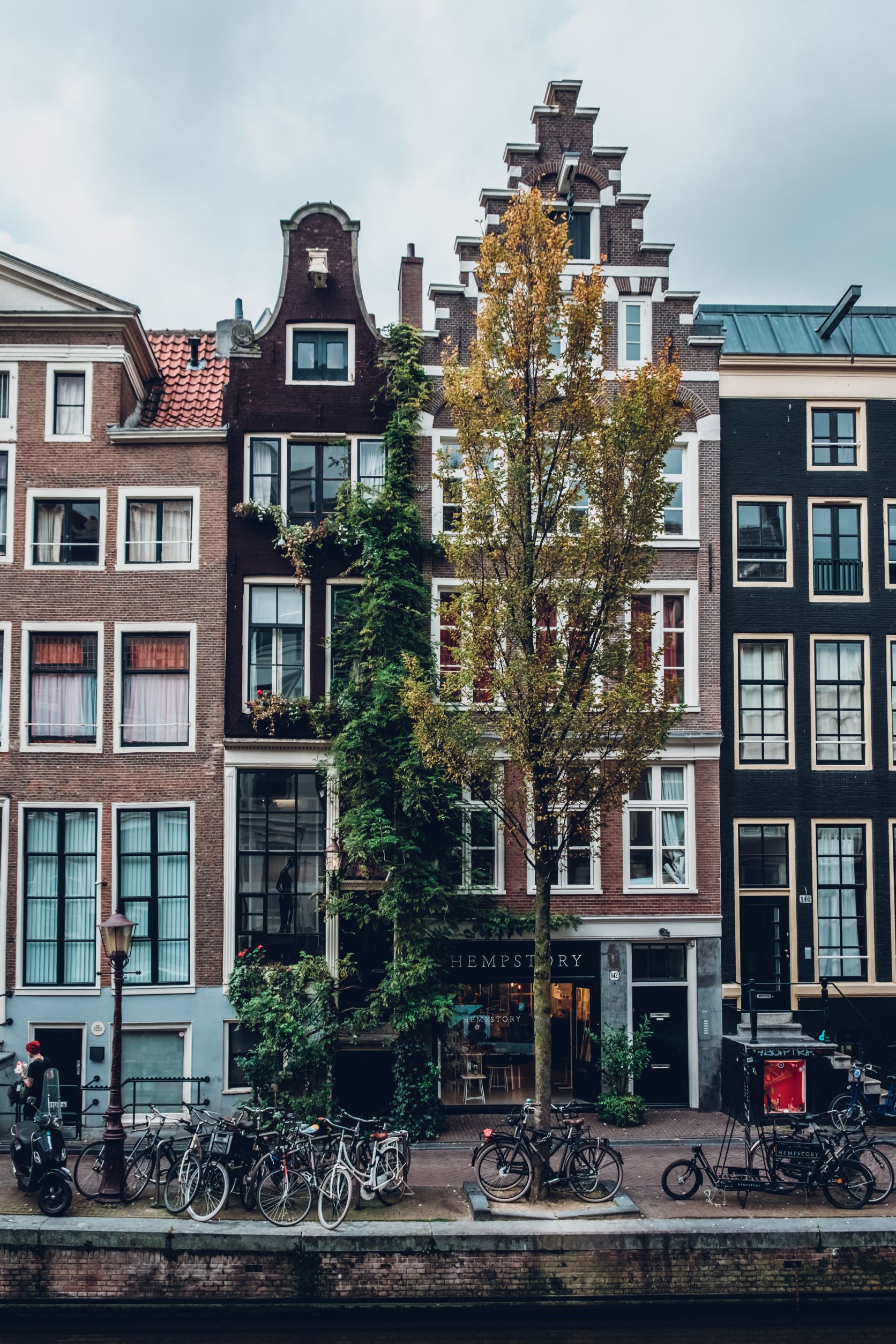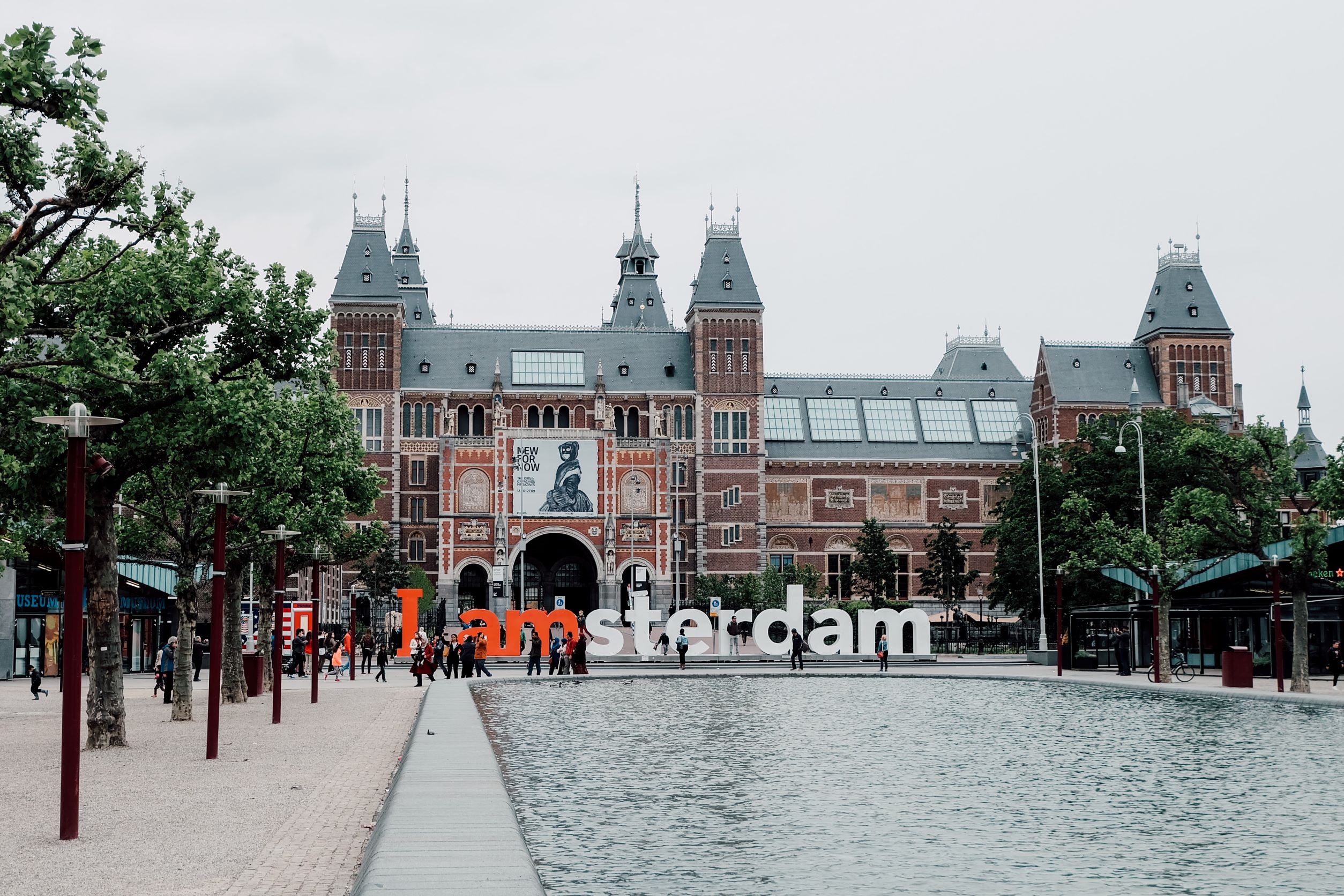Ever wondered how the city of Amsterdam was founded, considering it was literally knee-deep in water? Think you know your Amsterdam history? Back in the 12th century, a group of adventurous young people sailed down the Amstel River in vessels made of logs they’d hollowed out. They began to dig dams and dykes in the swamps and marshy areas around the river in order to regulate the water levels and eventually created a modest but architecturally brilliant fishing village.
It would go on to become one of the world’s greatest empires in the late 1500s, during Holland’s Golden Age and the hey-day of Amsterdam’s economic prosperity.
The city as a whole in incredibly fascinating, from a historical point of view. There are so many quirky and fun facts to discover in Amsterdam, and not just how many bikes end up in canals every year. Here are a few of the amusing and captivating facts that make up this city, and some of the addresses where history can still be witnessed today.
The oldest house on the oldest street
The oldest house in Amsterdam can be found on Warmoesstraat (“straat” means “street” in Dutch), and is more than 530 years old. It has an unassuming façade from the 19th century, but when the wooden beams from the house were analysed and it was discovered that the frame of the house was actually constructed in 1485.
Warmoesstraat itself was built by hand, by digging on either side of it. Year after year, the street would return towards the water, and because of Amsterdam’s less-than-firm swampy foundation, needed to be dug and rebuilt every few years.

Amsterdam architecture
Speaking of Amsterdam’s old buildings, part of the architectural charm of this city is that its houses are quite noticeably crooked. They lean against each other almost by sheer magic and sometimes a whole block can have a conspicuous slant to the left or to the right. There are several explanations for this, beginning with the fact that Amsterdam is pretty much built on a swamp, and so houses have poles that go deep into the damp earth for stability.
Today these poles are reinforced with cement, but back when they were built, they were originally made out of wood. Without these poles, houses in Amsterdam would sink into the mud. And of course, the wood poles quite naturally have been rotting throughout the past few hundred years. All of this combined is causing the houses’ lopsided appearance. In Amsterdam, one would have to dig through 11 metres of clay and peat before one could even hit the top layer of firm ground. New buildings now have to dig down to 18 metres to install poles!
If you look up towards the sky while strolling Amsterdam’s picturesque streets and get the feeling that the houses are leaning towards you… well, that’s not just a feeling, they really are! In fact, until the 19th century, houses in this city were required to have top floors that were wider than the bottom storeys, a practice called jettying, so that rain would not enter into people’s homes. All these uneven quirks just add to the city’s charm.

A bit of Amsterdam history
Way back in the beginning, Amsterdam’s inhabitants built dams and dykes on the Amstel River and charged toll fees to the herring and beer merchants from the bustling East Sea Trade. This gave rise to the “Aemstelledammers” eventually becoming brewers themselves – remember Heineken and Grolsch? – as well as master builders of boats, which drew even more people to town.
The 17th century was a Golden Age for Amsterdam. 1602 saw the founding of the world’s first multinational corporation: Dutch East India Company, in which Amsterdam had a majority stake. This newfound prosperity encouraged city leaders to undertake major expansions. Since funding wasn’t really an issue, they were able to not just focus on functionnality but also aesthetics. Just think of the Jordaan district, for example.
Incidentally, this was also when the art scene exploded as the talents of Rembrandt, Vermeer and Steen gained worldwide acclaim.
Amsterdam’s famous canals
Amsterdam is nicknamed the “Venice of the North” and for good reason. They are the product of groundbreaking, actually quite ingenious city planning. Since Amsterdam is built below sea level, the canals allow for the water to circulate without flooding.
There are more than 100 kilometres of canals, 1500 bridges and 90 islands. However, the oldest ones are part of the “grachtengordel” (belt of canals) that encircle the city. You’ll find more than 1500 historical buildings along them.

The tulips of Amsterdam
Holland is accountable for 70% of the world’s commercial flowers. Visitors to Amsterdam in the spring cannot miss the Flower Strip, or “Bollenstreek,” as millions of flowers burst into bloom.
Another way to get a taste of Amsterdam history and flower craze is to visit the Keukenhof gardens, which are only an hour away from Amsterdam. Of course, there will be tulips, but also, hyacinths, daffodils, crocuses and other flowers as well.
Life on a canal houseboat
Some people say that if you live in Amsterdam, you might as well live on a houseboat. Because once you’ve tried it, you won’t be happy on land again! They are actually considered to be prestige homes in the city. In fact, the cost of living in one isn’t a whole lot less expensive than an apartment.
There are several advantages to houseboat-living. Firstly, you get to travel to different places. Secondly, in a flood, you’re safe! Thirdly, unlike the buildings in Amsterdam, the houseboats aren’t sinking. Plus swans might even come up to your window, and you can feed them by hand.








